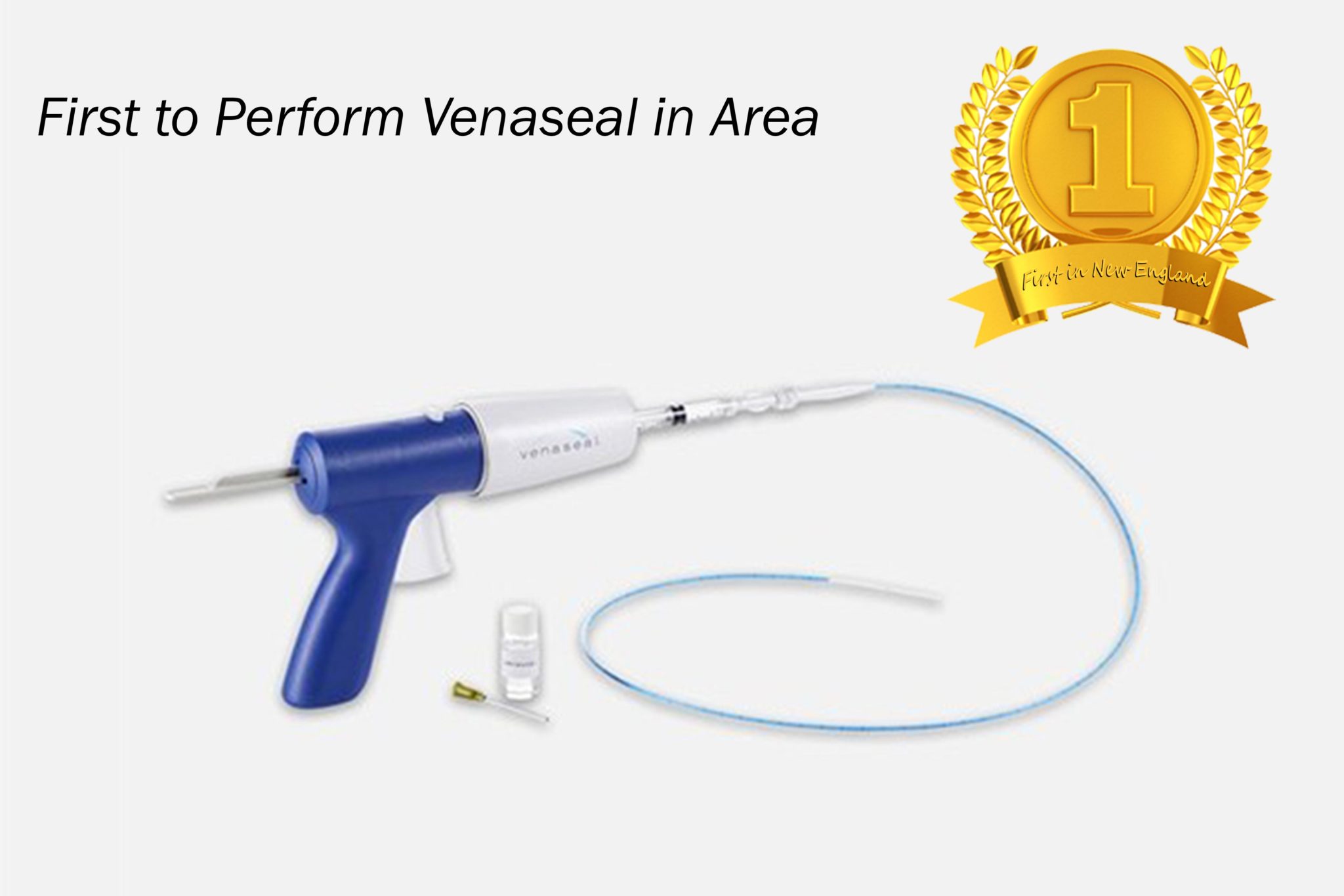VENASEAL TREATMENT IN BOSTON MA

Dr. Habib at Boston Vein Care was the first physician to bring Venaseal to Boston MA, not only Boston rather we were first practice in whole Northeast to provide this treatment and are still most experienced in this newest varicose vein treatment in Boston MA.
Venaseal in the latest advance in varicose vein treatment and the least painful and most comfortable procedure which is used to treat varicose veins.
STEPS OF VENASEAL TREATMENT
- Local anesthesia is administered to number the skin.
- Access into the vein is achieved.
- Soft tube/catheter is advanced to the upper part of a leg.
- Medical glue is delivered into the vein to be treated.
- Manual compression is applied where the glue had been injected.
- Glue closes the vein.
DIFFERENCE BETWEEN VENASEAL & ENDOVENOUS LASER ABLATION TREATMENTS
Endovenous procedures like endovenous laser and radiofrequency based procedures were a huge step forward compared to vein stripping and ligation. Still, in said endovenous procedures, heat is used to ablate varicose veins, requiring multiple needles sticks to administer tumescent anesthesia around the vein. That is not the case with Venaseal.
VENASEAL DIFFERENCE
- No heat is involved in Venaseal.
- Tumescent anesthesia is not needed in Venaseal.
- Venaseal avoids multiple needle sticks which are required in endovenous laser ablation.
- The result is a lot less pain and none to minimize bruising.
- Compression stockings not needed
ENDOVENOUS THERMAL ABLATION
- Heat is involved in endovenous laser and RF ablation
- Tumescent anesthesia is required
- Requires multiple needle sticks to administer tumescent anesthesia
- Sometimes can result in bruising or nerve injury
- Compression stockings are needed.
WHO IS BEST CANDIDATE FOR VENASEAL
- Venaseal is a new FDA approved treatment and has advantages likes avoiding heat and tumescent.
- Treatment comfort & avoidance of pain is the priority
- Can take risk of bruising or nerve injury
- Can’t tolerate compression garments
- Doesn’t want to take risk of endovenous heat-induced thrombosis
- Have high deductible or out of pocket expenses.
